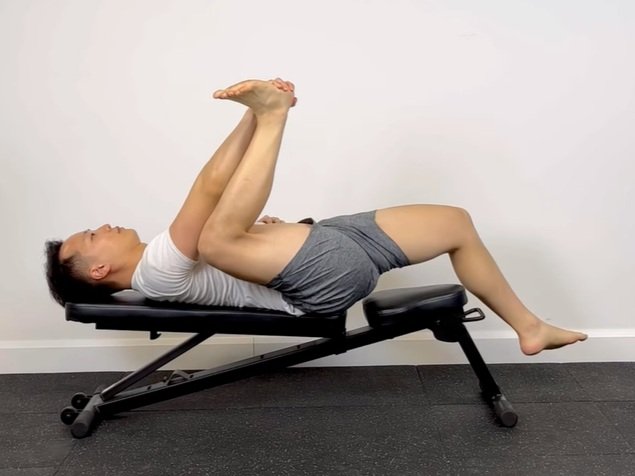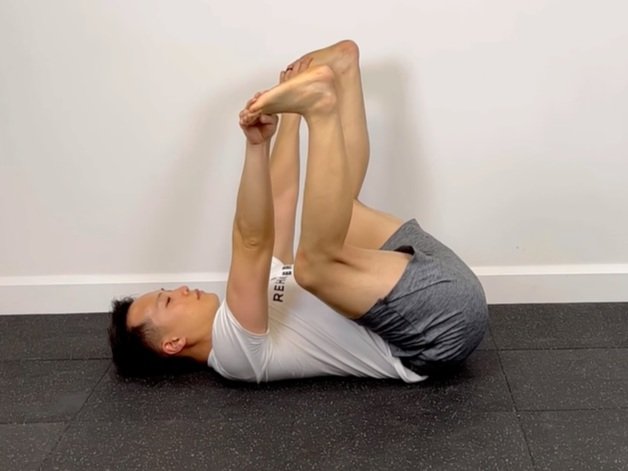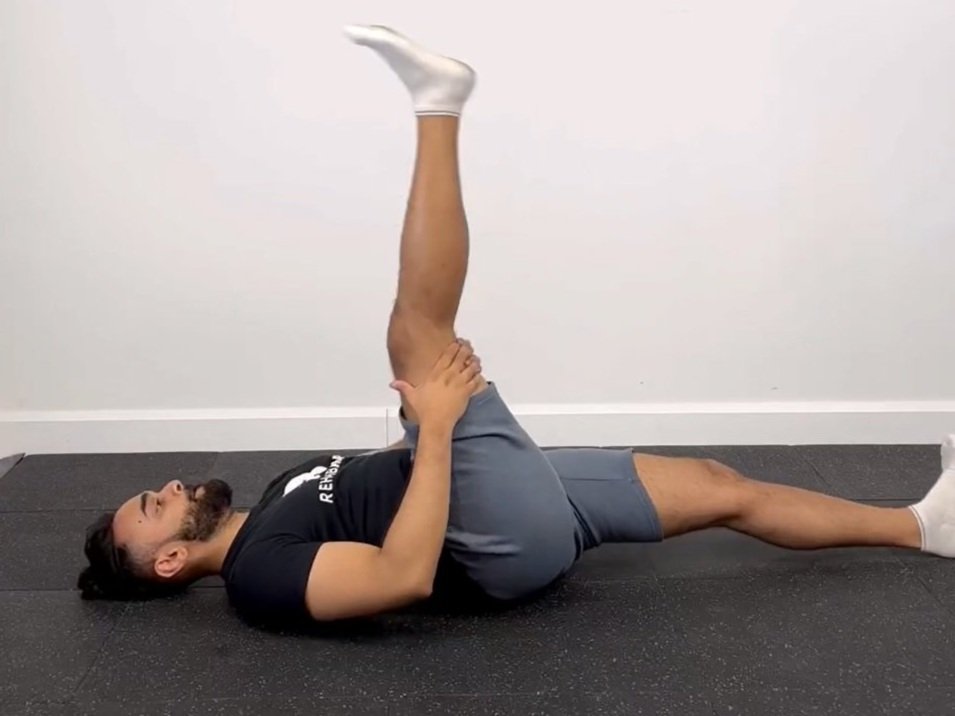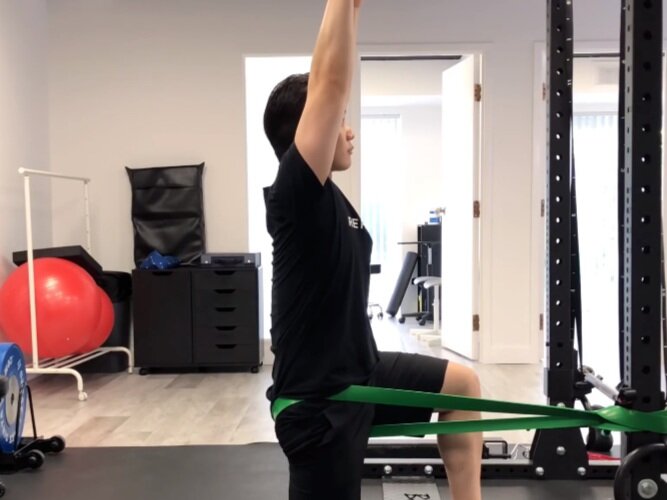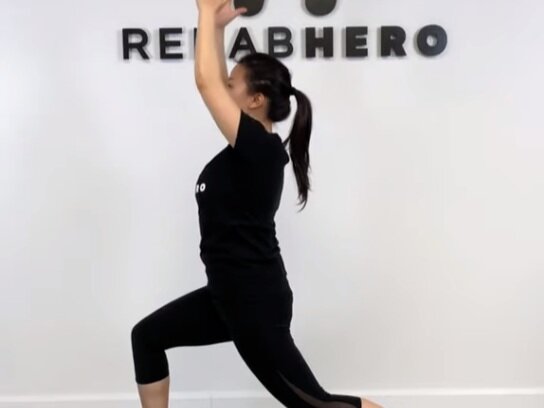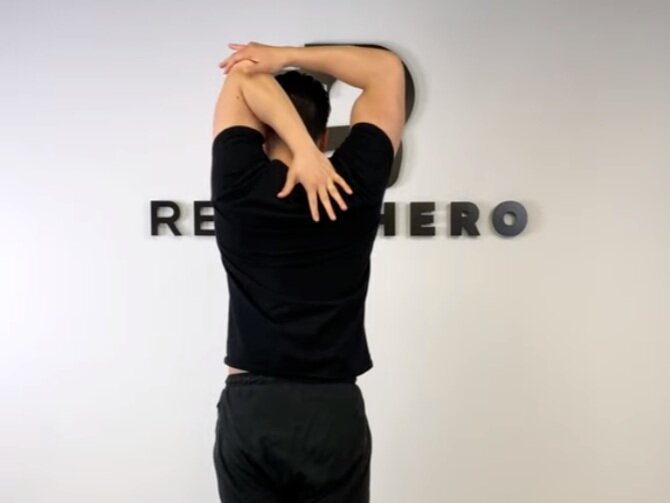Does acupuncture work?
What is acupuncture?
Learn about how this ancient modality can help you in the modern era.
General information about acupuncture
Acupuncture is a form of therapy where a metallic needle is inserted into the body. The needle is a sterile and disposable needle that is not reused and is immediately discarded upon removal from the body. This needle is placed to penetrate the skin or deeper into the muscle. These needles are often inserted about halfway through and then twiddled with for about 30 seconds before being left alone for another 10-20 minutes. Sometimes these needles are combined with a battery-powered stimulator which may make them tingle or make the muscle targeted twitch (this is electro acupuncture). When the needles are removed a person may experience immediate pain relief, but most often pain relief is experienced over the course of multiple acupuncture sessions or the next morning. An acupuncture treatment may also leave a person feeling more relaxed for a few hours following their treatment.
The history of acupuncture
Acupuncture is estimated to have developed around 2000 years ago. Since it’s development, and prior to modern science, in Traditional Chinese Medicine it was believed that the needles inserted influence something called ‘qi’ energy, which flows around the body in pathways called ‘meridians’. This is a basic concept and fundamental difference between Traditional Chinese acupuncture (TCA) and Western Medical acupuncture (WMA). Due to the physical absence of meridians, western approaches of acupuncture have decided not to accept the abstract idea of meridians and have moved on to looking at physiological explanations of the benefits of acupuncture.
British doctors discovered the benefits of acupuncture over the last few centuries. Churchill, a London surgeon, published two books early in the 19th century about the treatment of rheumatic pain using needles on tender points. Roughly 100 years later a Canadian physician by the name of William Osler discovered that needles can be used for the treatment of low back pain (using hat pins!). Both of these doctors did independently used the insertion of needles without the knowledge of Traditional Chinese Medicine.
Modern Western medical acupuncture started in the 1970s by a doctor named Felix Mann. Unlike the previous two doctors mentioned, Felix learned Chinese in order to better understand acupuncture that was used in China. He was the first to pioneer the notion that ‘Meridians don’t exist’. Around this time research was simultaneously being independently conducted on the existence of endorphins and on how acupuncture releases endorphins (this is known as endogenous opioid peptides').
What is the difference between Traditional Chinese acupuncture and Western Medical acupuncture?
In TCA, they use acupuncture to treat all diseases and conditions that can be found within the medical system. Their system uses explanations to treat almost every type of symptom that someone can experience. In this regard TCA uses acupuncture as an all-embracing mechanism.
In contrast, WMA does not believe that acupuncture can be used to successfully treat systemic conditions like cancer, pneumonia, heart disease, etc. Instead, acupuncture points are selected based on the nervous system. In this respect, WMA believes that needles are used to stimulate nerves and release transmitters in the brain to cause a physiological effect.
The fundamental difference between the two types of acupuncture is not where the needles are placed, but rather the reasoning of why that needle was placed. Western medicine acupuncture makes a medical diagnosis in the conventional way using orthopedic tests, a neurological exam, muscle testing and uses acupuncture as an adjunct treatment with drugs, surgery, and exercise rehabilitation (in addition to any additional therapies required). A traditional acupuncturist makes a diagnosis in terms of a disturbance to the body’s balance in ‘qi’ which requires correcting with needles.
What does the research say?
There is increasing evidence from clinical trials that acupuncture is beneficial beyond placebo. Although research is available, the level of research is not considered to be high as randomized controlled trials are difficult to conduct due to limitations with controlling a proper placebo effect for inserting an acupuncture needle. There are enough clinical trials that reviews of these trials does show that acupuncture has real beneficial effects.
Currently reviews show that acupuncture is better than placebo for treating nausea & vomiting (Lee & Done 2004, Ezzo et al 2005), knee pain (White et al 2007), and back pain (Manheimer et al 2005).
Does acupuncture hurt?
The insertion of the needle itself is likely not to hurt at all. It is not like a bee sting or like receiving a vaccine as pain associated with both of these is due to the injection of a fluid. An odd ache may be experienced in the location of the needle, with the sensation potentially lasting even when the needles are removed.
What happens during an acupuncture treatment?
Depending on the type of treatment provided and areas targeting a patient may experience the following things during their treatment:
The needles produce a sensation that is not felt in other types of treatments
Pain relief immediately after treatment, morning after treatment, or gradually after multiple treatments
Needles placed in a body part that is in another region from the targeted body part
Spontaneous improved wellbeing or deep sleep after treatment
Incidental improvements in unassociated symptoms such as bowel function or decreased menstrual-related symptoms
What are the risks or side effects of acupuncture?
As with all types of treatments, acupuncture treatments are not without risk of adverse effects or side effects. It should be noted that some side effects are much rarer than others. In no particular order, some of the adverse effects are:
Mild ‘systemic’ events such as drowsiness, headache, or nausea
Temporary aggravations of symptoms
Very occasionally a strong nervous system reaction such as fainting, shock or convulsion
Mild bleeding or bruising
Infection
Stuck or bent needles
Perforation of internal organs
In the case of pregnancy, a risk of causing fetal distress
How does acupuncture work?
Western medical acupuncture proposes 5 different mechanisms in which acupuncture works. Each mechanism can be used for a different reason, which will require any acupuncture provider to understand the condition being targeted thoroughly. The different mechanisms used will require slightly different treatment techniques, and therefore treatments will need to be tailored to each individual patient. Not all mechanisms will be in play during your acupuncture treatment, however overlap between mechanisms tend to exist during treatment. The five proposed mechanisms are:
Local effects
Segmental analgesia
Extrasegmental analgesia
Central regulatory effects
Myofascial trigger points
Local Effects
Local effects refers to the stimulation of nerves in the skin and muscle. Needling causes action potentials to trigger leading to action potentials spreading through the local nerve network. This is called an axon reflex. As a result of the axon reflex, chemicals are released, one of which is called calcitonin gene-related peptide (CGRP). This will lead to local blood vessel dilation and increased blood flow, which may appear as a flushed bright red skin.
Segmental Analgesia
The action potentials release from needling also travel up the nerve to it’s segment at the spinal cord. Here it depresses the activity of the dorsal horn leading to reduced sensitivity to painful stimulus. This segmental effect is the main mechanism for pain relief. Since nerve supply to muscles are multisegmental, acupuncture to adjacent segments may also lead to additional benefits. For example, the quadriceps have nerve roots at L2, L3 and L4. Acupuncture to any muscle innervated by those nerve roots may be beneficial to the quadriceps, as well as acupuncturing the quadriceps may have benefits to the muscles or joints innervated by the L2-L4 nerve roots.
In summary, acupuncture inhibits pain from any part of the body which sends nerves to that particular segment of the spinal cord.
Extrasegmental Analgesia
Following the pathway of the action potential, from the dorsal horn it then travels up to the brainstem. At the brainstem, it’ll stimulate the body’s own pain suppressing functions. Here the brain inhibits pain by using descending nerves which release neurotransmitters at evert segment of the spinal cord. This effect is not considered to be strong enough to suppress pain completely, but still does provide additional benefit.
Central Regulatory Effect
From the midbrain, action potentials then affects the cerebral cortex. This section of the brain is where the sensation of the needle insertion is experienced. At the brain, the hypothalamus and limbic system is also stimulated. This can lead to a general calming effect. This effect doesn’t reduce pain but rather causes the patient to be less bothered by it. This effect can lead to reducing non-mechanical symptoms such as nausea. According to research, this benefit is stimulated by the technique of needling used rather than the location that the needle is placed.
Myofascial Trigger Points
Myofascial trigger points (MTRPs) can be formed when a muscle is heavily overloaded or suddenly stretched (such as a heavy deadlift or persistent postural strain). These activities can lead to a small area of damage in the muscle that heals slowly and cause persistent pain. Mechanisms for the development of MTRPs are not fully understood. It is believe that they are a protective mechanism to force the muscle to rest, or they may be a dysfunction in the healing process of a muscle. To learn more about myofascial trigger points click this link to read an article about it.
Areas of research
Currently there are a few mechanisms that are still poorly understood. Acupuncture does show positive but not fully understood effects on long-term changes in neurotransmitters and their receptors, and changes to glial cells, and the blood-brain barrier for those with persistent pain. MRI studies also show interactions with brain function when acupuncture is applied.
Who do I see for acupuncture?
While Traditional Chinese Medicine doctors can apply acupuncture, for Western medical acupuncture it is recommended to visit a clinician that has a certification in this type of acupuncture. In Ontario, licensed chiropractors, physiotherapists, acupuncturists and registered massage therapists can provide acupuncture services. If you require acupuncture in Markham, you can click the button below to book in an appointment with a Rehab Hero clinician.
Written by:
Dr. David Song, Chiropractor, Acupuncture Provider, Rehab Coach














